Comentarios / Preguntas (9)
![]() Maria escribió:
Maria escribió:
Dear DD, can you please provide correct instructions? Reply to the lady from France is completely different to my reply, please see following:(Each diagram is read starting at the bottom right on the right side, from right to left on the right side and from left to right on the wrong side (= the first 4 rows are knitted in stocking stitch) and we will cross the stitches (= cable) on the 5th row then every 8 rows.) I have already purchased your yarn and will not be able to use it without clarity.
10.12.2024 - 09:47DROPS Design respondió:
Dear Maria, the start of the row is the upper edge of the wrist warmer, and you work downwards, towards the lower edge of the wrist warmer, which is the end of the row. So, when you start the cables, you work the first row of A.1 once, at the beginning of the row (so the upper edge of the wrist warmer), then the rest of the row downwards is worked in garter stitch. You work back, garter stitch over garter stitch and , at the end of the row, the 2nd row of A.1/A.2, worked from left to right, to work each stitch of the chart over the correct stitch in the previous row. You can count the number of stocking stitch rows in the chart and calculate how often you work the cable. Happy knitting!
15.12.2024 - 14:08
![]() Matia escribió:
Matia escribió:
Thank you and just so I understand correctly, I work Row1: K 6 Stitches, slip 5 sts on cable needle behind piece, K 5, K 5 from cable needle, K remaining stitches? I looked but I could not see where it says to flip the diagram clockwise, start in top right. It only states: Worked back and forth on needle.
09.12.2024 - 08:03
![]() Maria escribió:
Maria escribió:
Thank you for your prompt reply. I understand that the cable pattern is the same on all three patterns but the confusion is where to knit the cable edge because the diagram states to knit the edge in two places instead of one. Can you please confirm if it is the first or second place on the diagram the cable should be knitted?
08.12.2024 - 15:30DROPS Design respondió:
Dear Maria, you work the piece sideways. So the first 10 stitches are the upper part, where the cable will be worked, while the rest of the row in garter stitch is the part starting from the cable down to after the wrist. So you would work as if rotating the chart clockwise and working it one row from the top down and the following row from the bottom up. The cable is always in that upper edge, as stated in the text. When working the second wrist warmer you will use A.2 instead of A.1 but the position is the same as before, the upper edge of the wrist warmer. Happy knitting!
08.12.2024 - 17:48
![]() Maria escribió:
Maria escribió:
Can you please check the Diagram? It's seems to be incorrect. It is the same as diagram Head Band using the same yarn in the same design using cable edge. Please can you correct the design?
08.12.2024 - 11:04DROPS Design respondió:
Dear Maria, the charts are identical since all three pieces (the wrist warmers, the head band and the neck warmer) use the same cable pattern. You can look at the neck warmer and see that the cable in the neck warmer and theone in the wrist warmers is exactly the same. The head band also has the same cables but because of working in stocking stitch in between the cables, instead of garter stitch as in the neck warmer and the wrist warmers, the cables look slightly different but the stitches worked in the cable are the same. Happy knitting!
08.12.2024 - 12:15
![]() Bene Elfriede escribió:
Bene Elfriede escribió:
Je voulais juste savoir pour les torsades vous les faites combien de fois au 1 er rang jute une fois ou tout le tour c est dire 2 ou 3 fois merci de votre reponse?
16.03.2018 - 11:19DROPS Design respondió:
Bonjour Mme Elfriede, on tricote le diagramme tous les rangs ainsi: A.1 (ou A.2) et les mailles restantes au point mousse. Chaque diagramme se lit en commençant en bas à droite sur l'endroit, de droite à gauche sur l'endroit et de gauche à droite sur l'envers (= les 4 premiers rangs se tricotent en jersey) et on va croiser les mailles (= torsade) au 5ème rang puis tous les 8 rangs. Bon tricot!
16.03.2018 - 11:30
![]() Viktoria escribió:
Viktoria escribió:
Hallo liebes Drops-Team, bei der Grafik ist wohl ein kleiner Fehler unterlaufen. A1 oder A2 - einmal müssen die M vor der Arbeit liegen, oder? Ein schönes Modell und sehr einfach zu stricken! Viele Grüße, Viktoria
12.10.2017 - 12:44DROPS Design respondió:
Liebe Viktoria, danke für die Rückmeldung, bei dem Zopf in A.2 müssen die Maschen vor der Arbeit gelegen werden, es wird korrigiert. Viel Spaß beim stricken!
12.10.2017 - 13:23
![]() Paola escribió:
Paola escribió:
Meno male che ho chiesto.......avevo iniziato con punti legaccio.....grazie come sempre veramente veloci nel risolvere i miei dubbi un saluto
15.09.2016 - 15:42
![]() Paola escribió:
Paola escribió:
Salve, molto semplice e di grande effetto questo modello, chiedo solo una precisazione, nella spiegazione dei punti date anche quella relativa alle coste a legaggio e nella spiegazione del lavoro dite di misurare lungo le coste a legaccio; intendete con ciò la semplice lavorazione a legaccio? Non mi sembra che ci siano parti con coste a legaccio. grazie 1000!!!
15.09.2016 - 15:04DROPS Design respondió:
Buongiorno Paola. Per 1 costa a legaccio, si intendono 2 ferri a dir. La parte dove non c'è la treccia, è lavorata a coste a legaccio. Il lavoro viene misurato nella parte lavorata a legaccio, nella direzione del lavoro, quindi a partire dal ferro di avvio del lavoro, fino alle m sul ferro. Buon lavoro!
15.09.2016 - 15:16
![]() Mam'Kramby escribió:
Mam'Kramby escribió:
Très jolies et originales mitaines
04.06.2016 - 15:38
Cable Embrace#cableembracewristwarmers |
||||||||||
|
|
||||||||||
Muñequeras de punto DROPS tejidas lateralmente en punto musgo con orilla de torsadas, en “Andes”.
DROPS 171-57 |
||||||||||
|
PT MUSGO (de ida y vuelta): Tejer todas las hileras de derecho. 1 surco = 2 hileras tejidas de derecho. PATRÓN: Ver diagramas A.1 y A.2. Los diagramas muestran todas las hileras en el patrón vistas por el LD. ------------------------------------------------------ MUÑEQUERAS: Tejidas de ida y vuelta en las ag. Montar 29-31 pts en ag tamaño 7 mm con Andes. Tejer la primera hilera de la manera siguiente por el LD: Tejer A.1 (= 10 pts – NOTA: No tejer pts de orillo, es decir, tejer el primer pt como se muestra en el diagrama), después tejer en PT MUSGO sobre los pts restantes – ver explicación arriba. Continuar de esta manera de ida y vuelta. RECORDARSE DE MANTENER LA MISMA TENSIÓN DE TEJIDO DE LA MUESTRA! Cuando la pieza mida aprox 18-20 cm (o las medidas deseadas – medir a lo largo de los surcos a partir de la orilla de montaje), rematar todos los pts. ENSAMBLAJE: Coser la orilla de montaje a la orilla de remate. Tejer otra muñequera de la misma manera, pero tejer el patrón de acuerdo al diagrama A.2 (en vez de A.1). |
||||||||||
Explicaciones del diagrama |
||||||||||
|
||||||||||
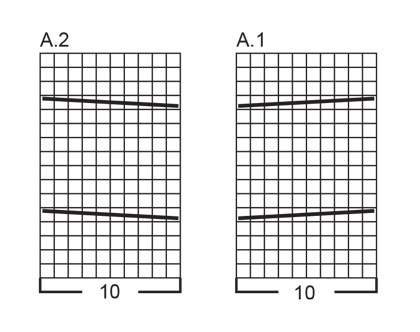 |
||||||||||
¿Terminaste este patrón?Entonces, etiqueta tus fotos con #dropspattern #cableembracewristwarmers o envíalas a la galería #dropsfan. ¿Necesitas ayuda con este patrón?Encontrarás 12 videos tutoriales, un espacio para comentarios/preguntas y más visitando la página del patrón en garnstudio.com © 1982-2025 DROPS Design A/S. Todos los derechos reservados. Este documento, incluyendo todas sus sub-secciones, está protegido por los derechos de autor (copyright). Lee más acerca de lo que puedes hacer con nuestros patrones en la parte de abajo de cada patrón de nuestro sitio. |
||||||||||








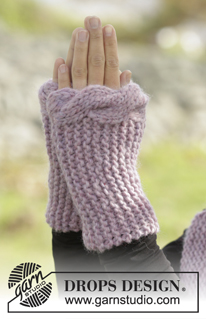
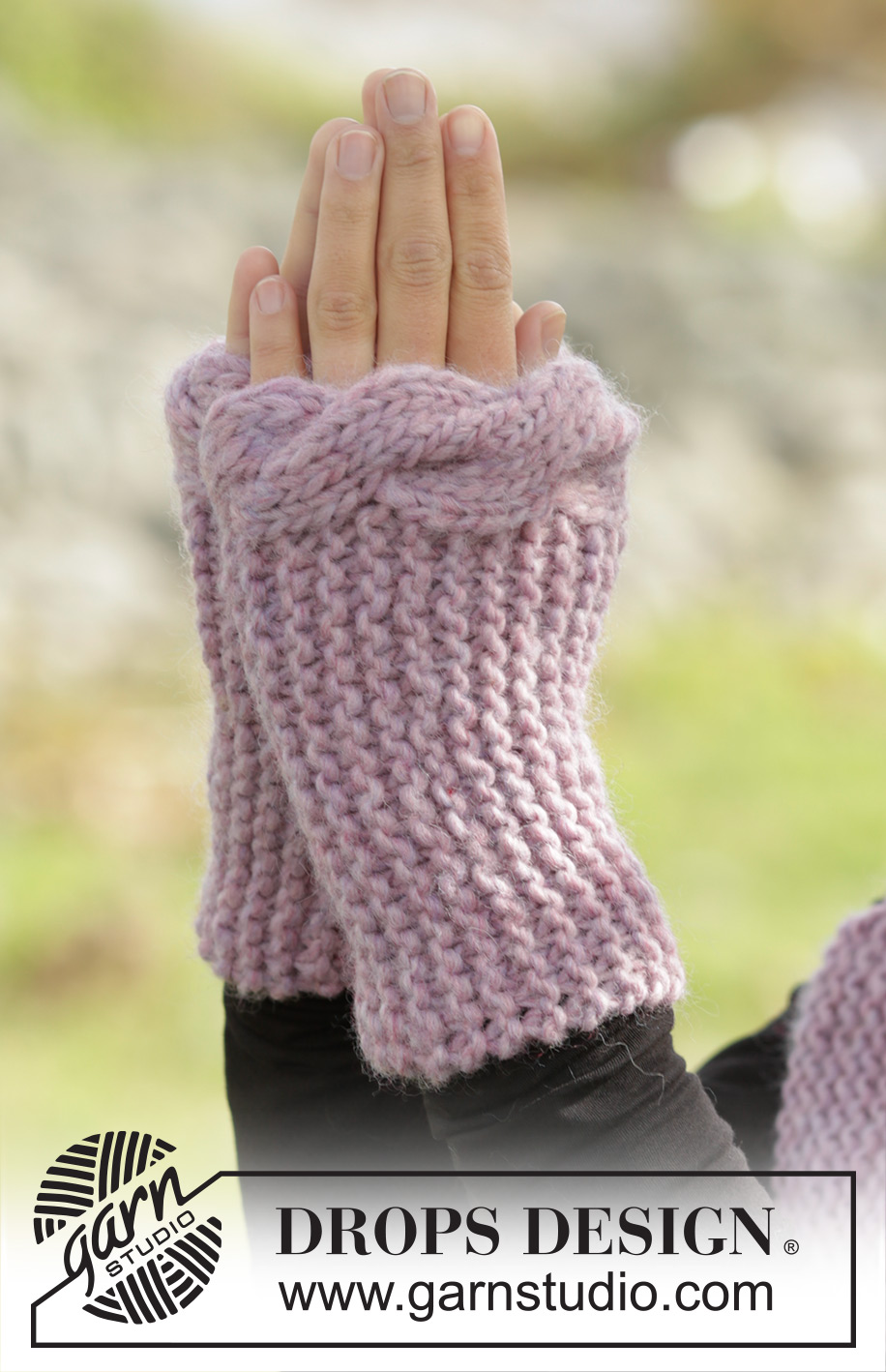



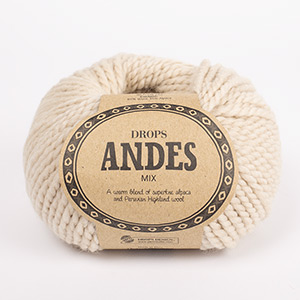

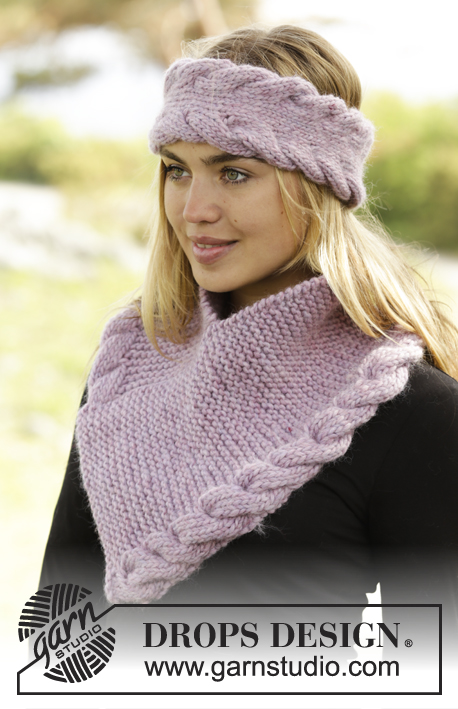
























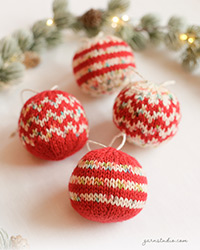
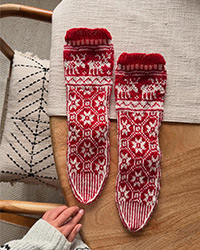

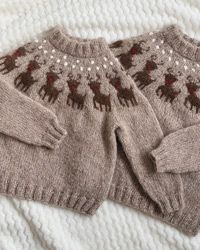

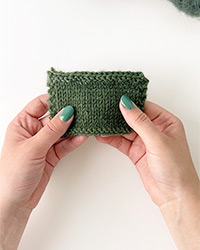
Escribe un comentario sobre DROPS 171-57
¡Nos encantaría saber qué piensas acerca de este patrón!
Si quieres escribir una pregunta referente al patrón, por favor asegúrate de elegir la categoría correcta en el formulario debajo, para acelerar el proceso de respuesta. Los campos obligatorios están marcados con un *.